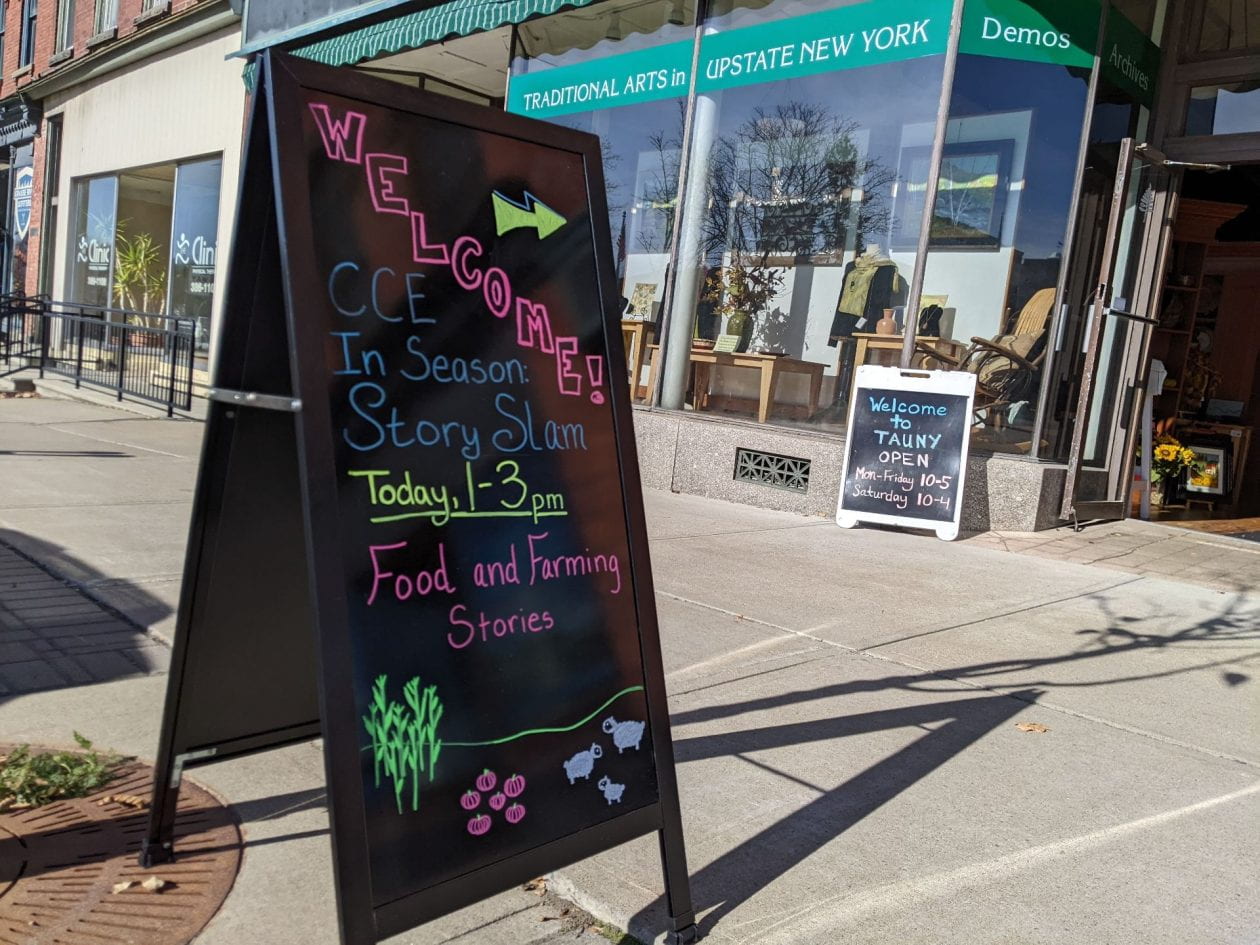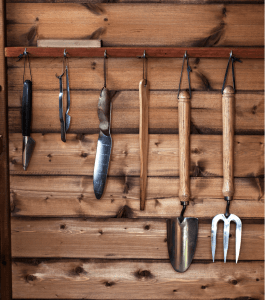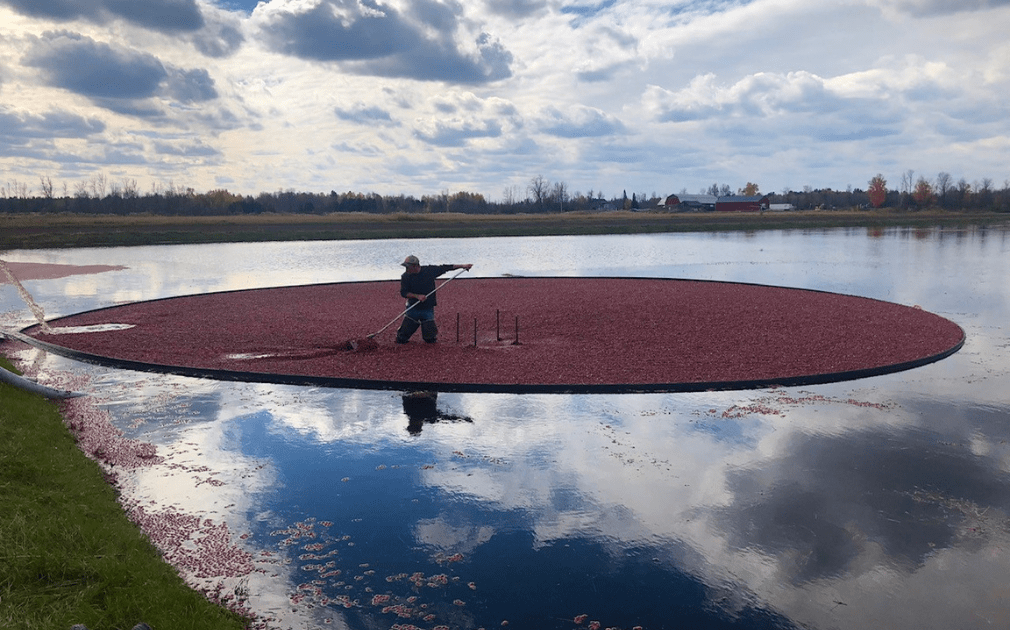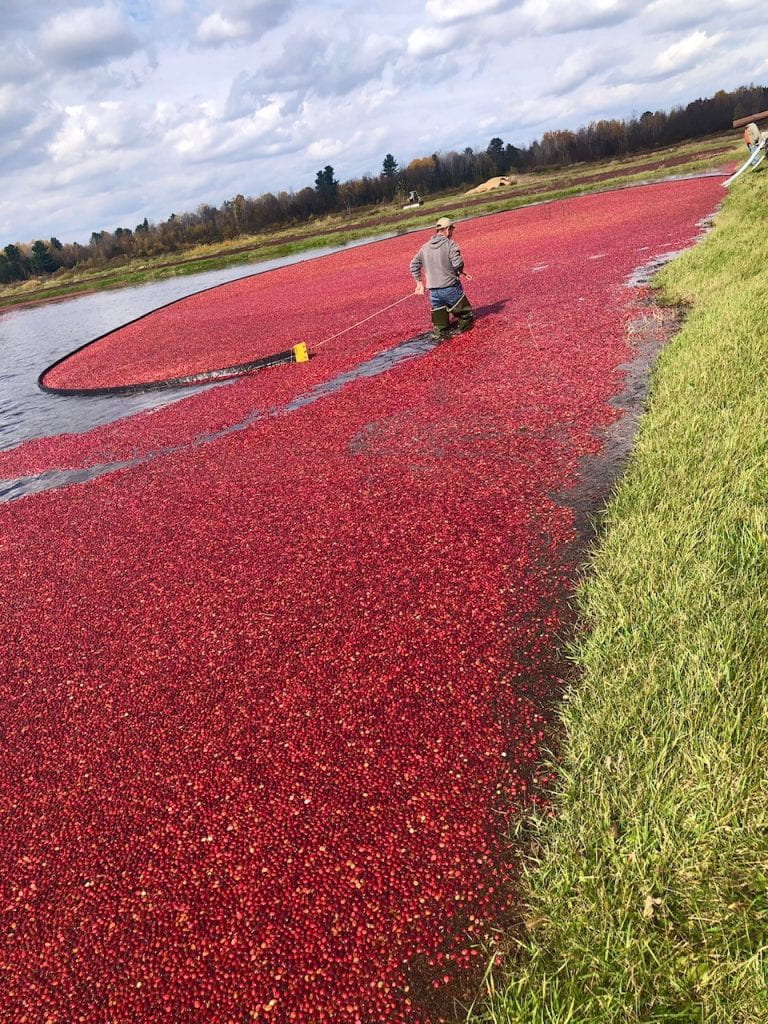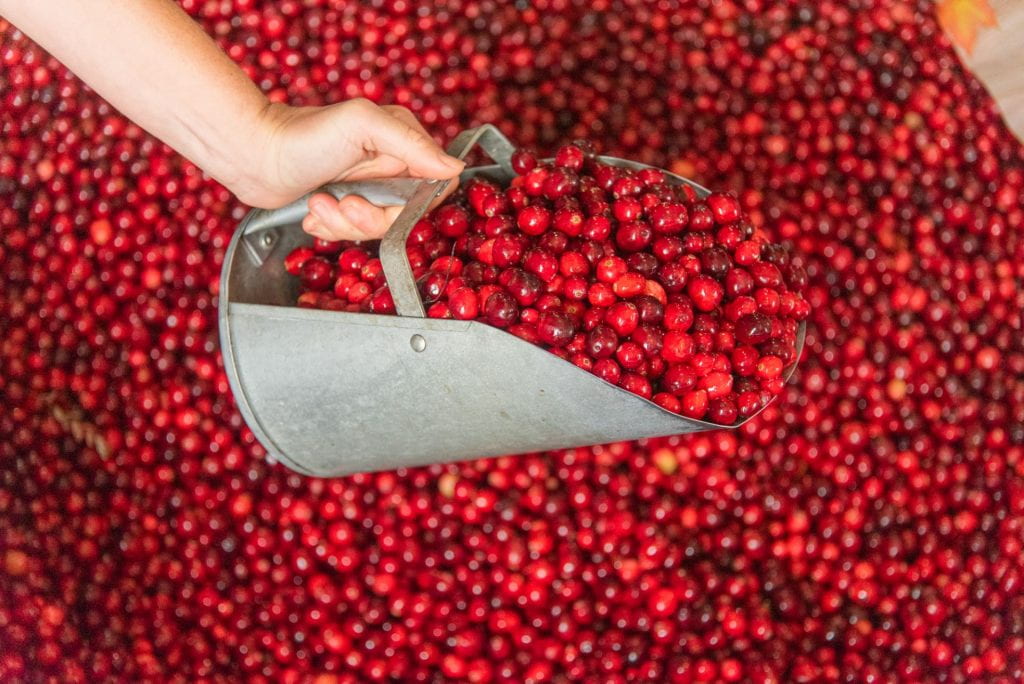Have you ever experienced something so nice, you wish everyone you knew could experience it too? That was my takeaway from the In Season: Story Slam last weekend. We gathered together in the gallery of the Our Rural Food System in Photos Exhibit, surrounded by hundreds of images of farmers and food producers of the region. The table was laden with goodies, all of which included ingredients from businesses in St. Lawrence County. There were around 40 attendees, and folks were relaxed and enjoying the sunny day in a beautiful space. On top of all that, we were regaled with 10 tales, each with a different take on the complicated, strenuous, and at times hilarious work of cultivating the land and producing food.
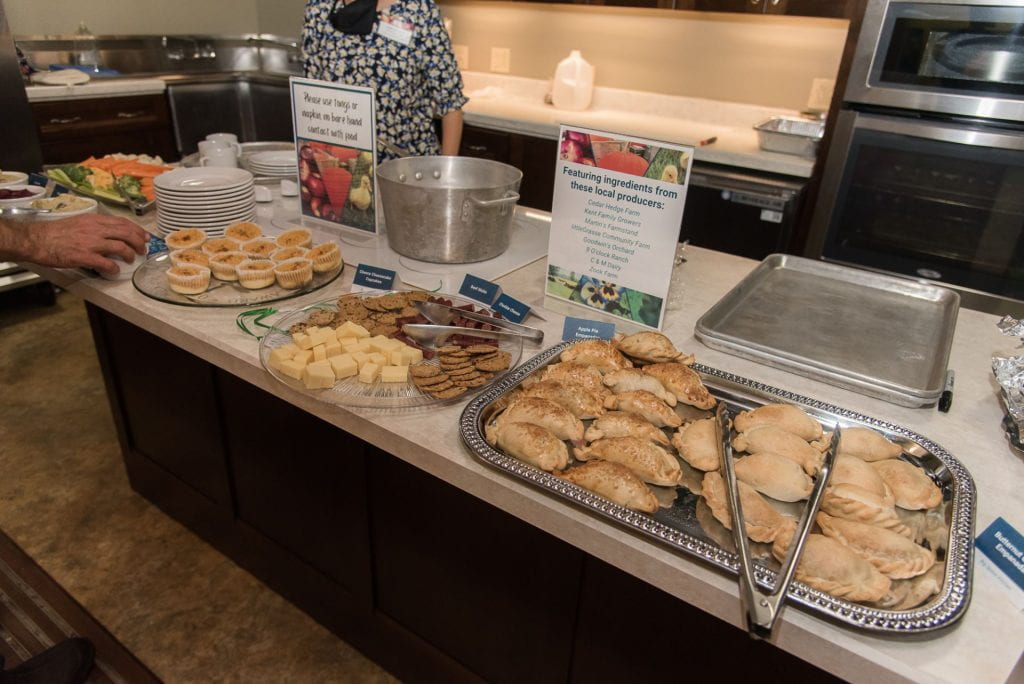
The format for the event was simple; any community member could opt to tell a 5-minute true story that related in any way to farming or food. As it turned out, every storyteller was a food producer, some growing produce and/or livestock for their own families and many as a business. Despite the differences in production scale, each person spoke with passion about their experiences tending the land or raising food products.

The People’s Choice award went to Kathy Montan, hear her full story in the video below where a morning of beekeeping on her remote homestead took an unexpected turn.
